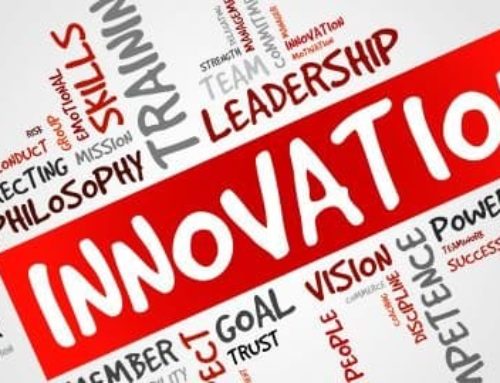First published in InnovationAus
If you are a company that wants to foster innovation you need to start with the right conversations. And until senior management kicks this off it’s not going to happen. Malcolm Turnbull is living proof of this truism and how easy it is to do.
Cast your mind back to the last few years. The Abbott Government had gone to war with everybody in the country who had any role in the innovation economy or ecosystem.
The CSIRO’s budget was cut, NICTA was pretty much decimated and the general dialogue out of the government was about cutting costs. Anything that looked like the future was effectively nobbled.
Then Malcolm Turnbull arrives and says the future is about innovation and we need to start talking about it. He starts an extremely broad range of initiatives – none of them really anymore than discussion at this point, but there are positive signs. Wyatt Roy was appointed Minister for Innovation and he stimulated a frenzy of activity around the start-up segment. Christopher Pyne was told to find his inner entrepreneur. The weird arrangement of CSIRO and NICTA has at least been resolved and there has been some discussion to put renewable energy back on the table.
There is also an understanding that innovation requires an ecosystem. There needs to be an approach to universities and the valuable pure research they do. Rather than see this as an ideological war the government appears to be open to building this ecosystem.
In such a short time, the change has been notable. There is activity underway across many sectors. The start-up sector has a minister and he’s engaged with the seeking of opinion and advice. And after two years of uncertainty about the future, the universities are all looking to employ heads of innovation.
We are also starting to see more written about the topic. A recent article in the SMH talks about what we need to do in the innovation stakes. While it’s going to be a long journey, you can at least see the landscape is beginning to change.
Regardless of whether every part of this approach is 100% right or wrong, the conversation is happening and people are listening.
We have seen the same thing happen in corporate Australia. Remember the Telstra of Sol Trujillo? He was externally aggressive and didn’t trust Australians, so brought his friends from the USA and presided over a loss of $25 billion in value. The Telstra we see today, driven by David Thodey, is a world apart. Thodey was in fact the perfect antidote to Trujillo.
He started a conversation with staff and other stakeholders about the customer and the need to be innovative. With time and consistency he got programs in place and began to deliver. Telstra is unrecognisable today.
There are two things Thodey and Turnbull’s messages have in common. They talk about what’s possible, not what needs to be cut out and they both came to the job prepared to listen.
Australian CEOs worried about innovation have to start the conversation about innovation and the customer. Rather than talking about scarcity, risk and compliance, staff need to be free to talk about what might be possible. For the first time ever there is more risk in not doing things than doing them.
Corporate innovation is about resources, process and values. I’d argue values need to start first and the first thing the CEO can do is start a discussion about values and innovation. People need explicit permission and values can deliver innovation by giving people permission to think differently
There are the other lessons for business in this age or disruption:
- The road to innovation is not linear and it’s unpredictable so start now and be prepared to place a few bets. The government is in the process of placing hundreds of bets with AusIndustry, the universities, start-ups, state initiatives to name a few.
- Innovation needs to be tackled on many fronts. There is no one thing that’s going to deal with disruption. Just as we need to see a mix of innovation out from the core we need to see greenfields innovations too. Both require different disciplines and the risks are different.
- Innovation systems needs to be built. We have written about this before. There is established best practice but essentially business needs to build a pipeline of innovation and to have the system and process in place to stop or invest in projects as they evolve.
- This all takes time. The government has managed to look really busy but in reality this stuff has been on the table for some time. The DTO was put in place at the beginning of the year and they are still getting started. This is not a criticism, but proof that the change we need can’t happen overnight.
- The mantra of listening to the customer is now a little over used but who actually does it. The real listening needs to be with customers, but also with stakeholders, staff and even competitors. Innovation will only come out of collaboration and the first stage of collaboration is to listen with an open mind, an open heart and open will.It will all take time, but getting the conversation started is the first, necessary, step.




Leave A Comment